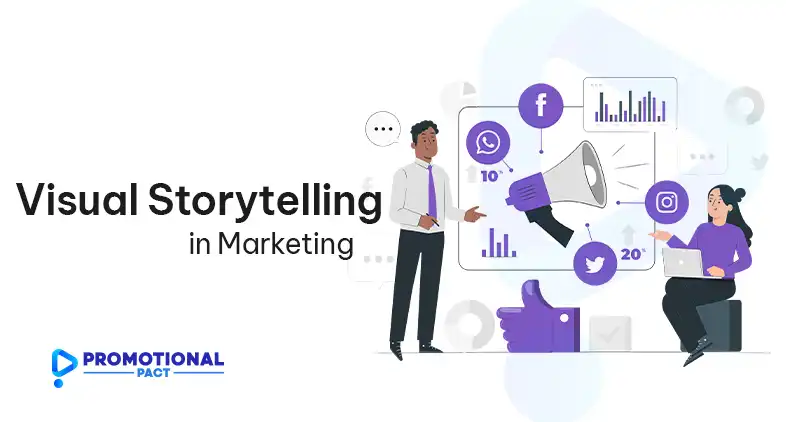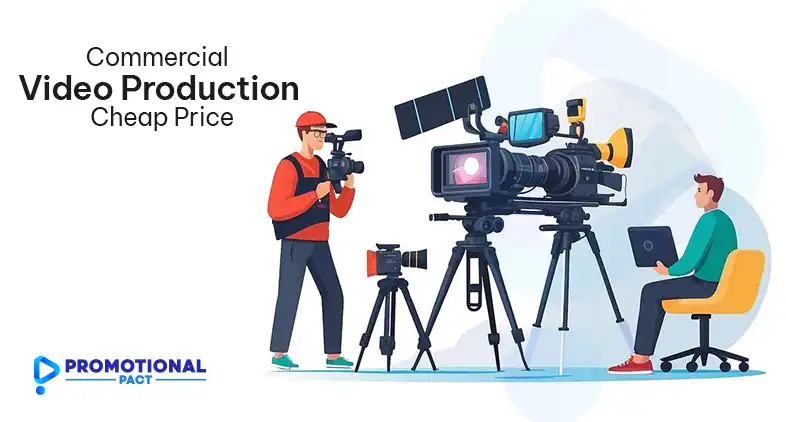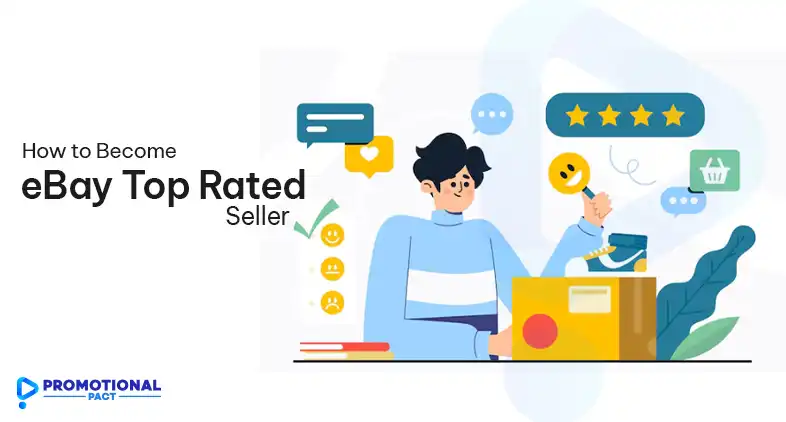These days, visual storytelling is a big deal in marketing. It helps businesses connect with customers in a special way. Visual storytelling uses pictures, videos, graphics, and other visuals to share a brand’s story. Doing this creates an emotional bond with the audience. In this detailed article, we’ll learn all about visual storytelling for marketing.
First, we’ll look at the different types of visuals you can use to tell your story. Next, we’ll see the awesome benefits of using visuals in marketing. After that, I’ll give you tips on creating an attractive visual storytelling plan for your business. Get ready to learn how to use the power of visuals!

What does Visual Storytelling in Marketing Mean?
Imagine you’re telling a friend a story, but instead of just words, you use pictures and videos too. That’s visual storytelling in marketing! It’s a fancy way of saying you use cool visuals to grab attention and tell your brand’s story in a way that sticks.
Regular words can get lost in the crowd, but pictures are eye-catching. They can spark emotions, make things easier to understand, and leave a lasting impression on viewers. In short, it makes your marketing more memorable and engaging.
Now, let’s see it in action!
- Dollar Shave Club Launch Video: This hilarious video used humor and quirky visuals to introduce their razor subscription service. It went viral and got millions of views, all because it told a funny story.
- GoPro’s User-Generated Content: GoPro doesn’t always rely on professional shoots. They encourage customers to share their adventures using GoPro cameras. These real-life stories and stunning visuals showcase the product’s capabilities in a way that feels authentic and exciting.
- Humans of New York on Instagram: This project features portraits and stories of everyday people in New York City. Their simple photos and heartfelt captions connect with millions, proving the power of visual storytelling to create a community.
Types of Visual Storytelling
Now, visual storytelling isn’t just about slapping a pretty picture on your website and calling it a day. There’s a whole toolbox of visual elements you can use to craft your narrative. Here are some of the most popular ones:
Infographics
Infographics combine data, visuals, and minimal text to present complex information in an easy-to-digest format. For example, an infographic explaining the process of how a company’s product is manufactured can effectively communicate the steps in an aesthetically pleasing and shareable way. Nike’s “The Journey of a Shoe” infographic is a great example, visually depicting the lifecycle of their iconic sneakers.
Animations
Animations bring static visuals to life, adding movement and interactivity to your storytelling. A simple GIF animation showing how a product works or a full-fledged animated video explaining a complex concept can make ideas more approachable and memorable. Dropbox’s animated explainer videos are a prime example of using animation to simplify and communicate their service offerings.
User-generated content (UGC)
UGC is a powerful storytelling tool that leverages your customers’ experiences and perspectives. It can include photos of customers using your products, videos of them sharing their experiences, or social media posts showcasing their satisfaction with your brand. UGC fosters authenticity and trust in your brand. GoPro’s user-generated content campaign, where they showcase jaw-dropping videos and photos captured by their customers, is a classic example.
Interactive content
Interactive visuals, such as quizzes, polls, or interactive infographics, actively involve your audience in the storytelling process, increasing engagement and retention. For instance, a quiz that helps customers determine the best product for their needs can be an engaging way to guide them through your product offerings. Buzzfeed’s interactive quizzes are a prime example of using interactive content to drive engagement and share their brand’s personality.
Data visualizations
Data visualizations transform complex data sets into visually appealing representations, such as charts, graphs, or maps, making it easier for your audience to understand and interpret the information. A visual representation of customer demographics or sales trends can provide valuable insights in a more digestible format. The “Wealth Inequality in America” visualization by the YouTube channel Poly Matter is a powerful example of using data visualization to convey a complex socio-economic issue.
Benefits of Visual Storytelling in Marketing
Visual storytelling offers numerous advantages for brands looking to stand out in a crowded digital landscape. Let’s explore some of the key benefits:
Improve Information Processing and Retention
Remember that stat about remembering 80% of what we see and do? Yeah, visuals are information sponges for our brains. By incorporating infographics, charts, and other visual aids into your marketing materials, you can help your audience understand and retain complex information much more effectively than text alone.
Buildup Emotional Connection
Visuals have the power to evoke emotions and create lasting impressions. Since 65% of people are visual learners, visual content can effectively tap into their emotions and establish a deeper connection with your brand. Visuals that resonate with your audience’s feelings can foster brand loyalty and advocacy. Dove’s “Real Beauty” campaign, featuring real women of all shapes and sizes, is a prime example of using visuals to connect with their audience on an emotional level.
Grab Consumers Attention
Nowadays, we’re bombarded with information overload these days. Our attention spans are shorter than a goldfish, and scrolling fatigue is real. In this case, visuals can cut through the noise and grab attention in a crowded online space. Visuals are processed 60,000 times faster than text, making them an effective tool for grabbing attention. Additionally, posts with images receive 2.3 times more engagement than those without, highlighting the importance of visual content in driving interaction and engagement.
Driving Sales
Visual storytelling isn’t just about warm and fuzzy feelings; it can also have a significant impact on your bottom line. Studies show that user-generated content (UGC) like customer testimonials and reviews can significantly influence purchasing decisions. If you see real people talking wildly about a product in a photo or video, you’re more likely to trust it, right? Additionally, brands that encourage UGC often see a boost in sales, proving the power of visual storytelling to drive conversions.
According to Stackla, 79% of people say user-generated content highly impacts their purchasing decisions, and brands that encourage user-generated content see a 28% increase in their revenue.
Increase Brand Awareness
isuals can be a powerful tool for building brand awareness. A consistent visual identity across your marketing materials, from your website to your social media posts, can help people recognize and remember your brand. Plus, high-quality visuals can project a professional and trustworthy image, making a positive first impression on potential customers.
Studies show that visuals can increase brand recognition by up to 80%, and 67% of consumers say the quality of a company’s images is “very important” in selecting and engaging with a brand.
How to Create an Attractive Visual Storytelling for Marketing
To create an effective visual storytelling strategy, you need to understand your audience, define your brand’s narrative, and develop a cohesive visual identity. Here are some tips to help you craft an attractive visual storytelling experience:
Identify your target audience: Understanding your target audience’s preferences, interests, and pain points is crucial for creating visuals that resonate with them. Conduct market research, analyze audience data, and gather insights to inform your visual storytelling approach.
Develop a consistent brand identity: Establish a consistent visual brand identity by defining your brand’s color palette, typography, and visual style. This consistency will reinforce your brand’s recognition and make your visuals instantly recognizable to your audience.
Create a story that sticks: Storytelling is at the heart of visual marketing. Develop a compelling narrative that aligns with your brand’s values, mission, and personality. Your visuals should support and bring this narrative to life, creating an emotional connection with your audience.
Use user-generated content: Encourage and curate user-generated content (UGC) from your customers or followers. UGC adds authenticity and social proof to your visual storytelling, fostering trust and engagement with your audience. For instance, reposting customer photos or videos featuring your products can be a powerful way to showcase your brand’s impact.
Optimize for different platforms: Different social media platforms and channels have unique specifications and requirements for visuals. Optimize your visuals for each platform to ensure they display correctly and are tailored to the platform’s audience and usage patterns.
Analyze and iterate: Continuously analyze the performance of your visual content and gather feedback from your audience. Use these insights to refine and iterate your visual storytelling strategy, ensuring it remains relevant and effective.
Remember, visual storytelling is an ongoing process that requires creativity, consistency, and a deep understanding of your audience. By following these tips and continually refining your approach, you can create an attractive visual storytelling experience that resonates with your audience and drives meaningful results for your brand.
Parting Notes
Visual storytelling should be an important part of your marketing plan. It allows you to stand out and make a strong impression on customers. But remember, it’s not just about pretty pictures. It’s about telling a compelling story that fits your brand’s personality. Use different visuals like images, animations, and user content. See what works well and keep improving. Visual storytelling helps people understand better, builds connections, increases brand awareness, and boosts sales. If you need help, just leave a comment. Thank you for reading and best wishes on your visual marketing journey!


